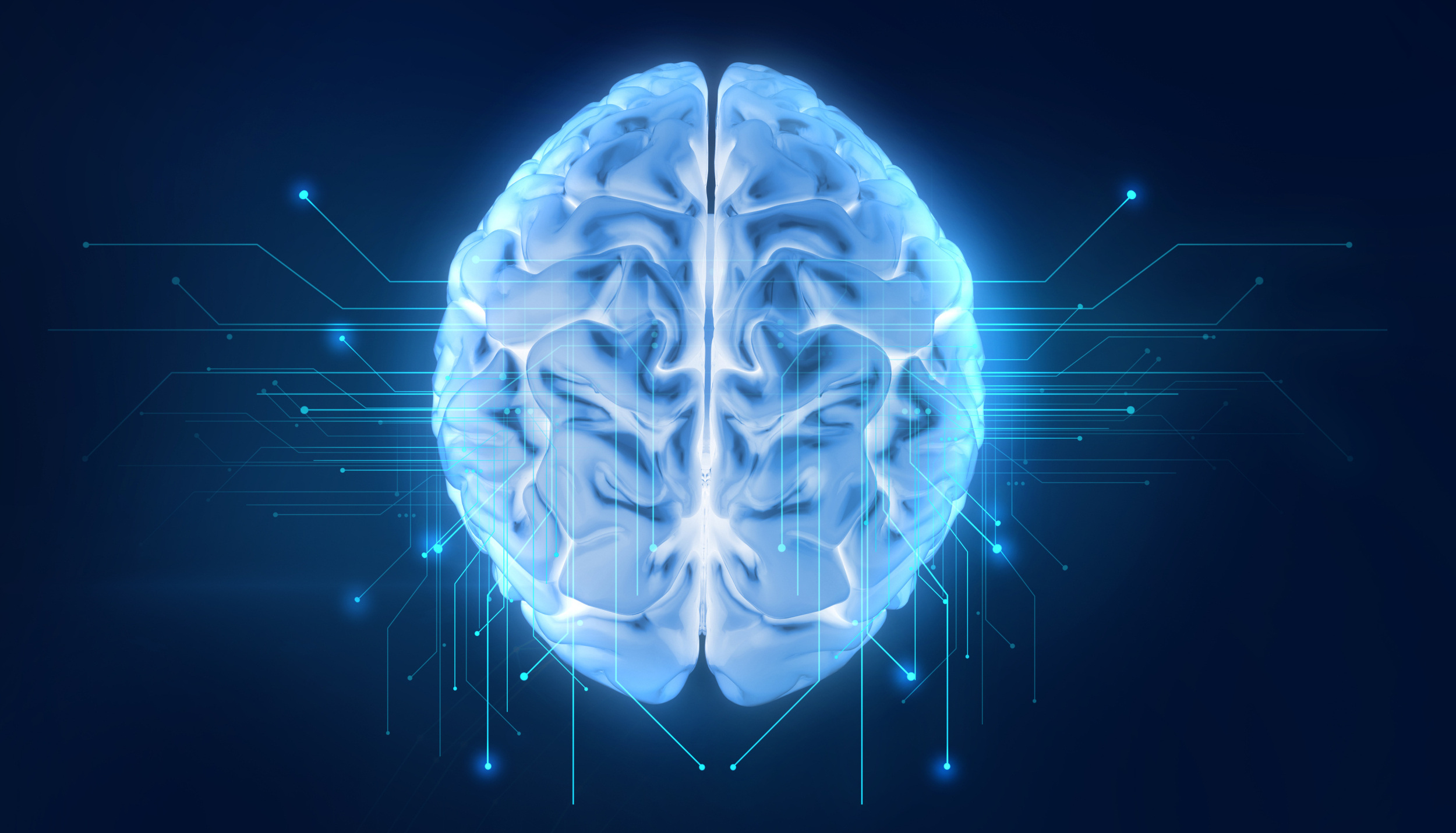
Stroke survivors have a high risk of developing problems with memory, processing information, speaking and dementia, as well as physical disabilities such as impaired vision, weakness and paralysis.
While it is already known that exercise can help stroke survivors recover brain function after a stroke, this is the first time that MRI (magnetic resonance imaging) has been used to precisely track the level of neuron regeneration following exercise programs.
Researchers from The Florey were able to measure the regrowth in total brain volume (TBV) and hippocampal volume (HV) of stroke survivors who took part in two eight-week exercise programs.
They are using the scans, combined with memory tests, to identify how effective exercise is regenerating brain tissue after an ischaemic stroke, which is the most common form of stroke in Australia.
The Post Ischaemic Stroke Cardiovascular Exercise Study (PISCES) pilot study followed 35 stroke survivors. They were divided into groups that did aerobic, strength and resistance exercises.
Two months after their stroke they did one hour of exercise, three times a week for eight weeks and had an MRI scan. The MRI scan was repeated 12 months after their stroke.
The PISCES researchers focused on the growth of the hippocampus, which governs memory, emotional responses, spatial processing and navigation.
On the side of the brain damaged by the stroke, they found there was a 2.9 percent growth in HV compared to a group of stroke survivors in another observational study.
Researcher Dr Amy Brodtmann, who is the co-head of Dementia at The Florey, said they monitored brain atrophy, or shrinkage, because it was an accurate predictor of cognitive problems after a stroke, especially if there was a reduction in the size of the hippocampus.
“Exercise seems to have slowed or stopped the atrophy on the opposite side of the brain while possibly leading to new neuron growth on the side of the lesions,” Dr Brodtmann said.
“With more research, MRI scans could help us understand how exercise protects the brain after stroke. The study will help us pinpoint the intensity and frequency that is needed to improve brain function after a stroke,” she said.
She stressed that these were early but encouraging results that would be further tested in larger studies.
Dr Brodtmann said this was the first time in the world that such a mechanistic approach, using MRI, had been used to assess the effect of exercise on brain regeneration after an ischaemic stroke.
Amanda Kelly, 57, was part of the exercise program and believes it helped her to recover from her stroke three years ago.
The South Morang resident confesses she did virtually no exercise before her stroke, but she slowly built up her fitness during the program. She lost vision in one eye after the stroke and had to give up her job of 40 years as a hairdresser, but she is more active now, walking the dog and taking her two-year-old granddaughter to the park.
“I don’t know where I would be without all of their wonderful work.”
Heart Foundation CEO, Adjunct Professor John Kelly, said more research was needed because it would improve the quality of life for hundreds of thousands of Australians living with the impact of stroke.
“Stroke is still a major cause of death in Australia, but advancements in research and treatment mean many people are surviving strokes and living with serious, ongoing health problems,” Professor Kelly said.
In 2017-18, more than 66,000 Australians suffered a stroke(1).
References
1. Australian Bureau of Statistics. (2018). National Health Survey: First results, 2017-18, Australia